No Results Found
The page you requested could not be found. Try refining your search, or use the navigation above to locate the post.
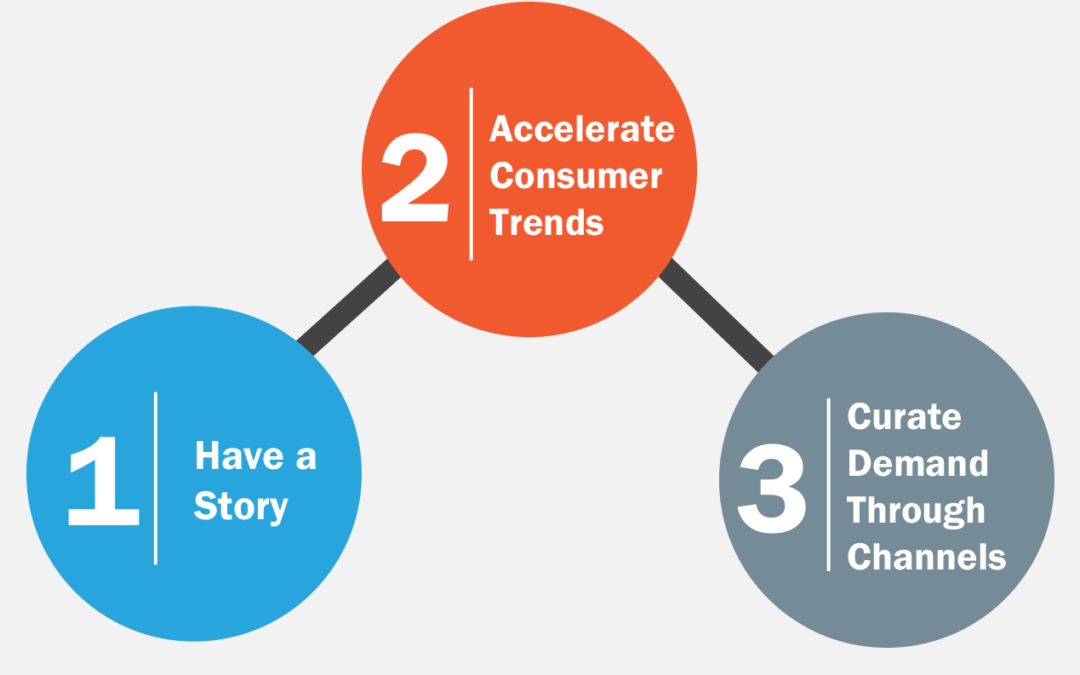
The only constant in the Consumer Packaged Goods (CPG) industry today is disruptive change. It can feel overwhelming, but we at the Seurat Group take comfort in our belief that the more things change, the more the foundation for success remains the same: it all starts with the consumer.
Brands are merely people that build trusted relationships with consumers. When established brands become misaligned and are not able to deepen relationships with existing consumers and attract new ones, an opportunity
arises for an emerging brand to fill that void.
Those brands that authentically connect with consumers’ needs, values and community can become Challenger Brands.
A brand that stimulates long-term growth by disrupting the dynamics of an established category or creating
a new one.
We believe the Challenger Brand trend will only accelerate and become the most defining and disruptive force in CPG this decade for two primary reasons:
 Larger CPG firms have difficulty orienting towards a total category approach, beyond the positioning of their established brands, to deliver against consumers’ changing expectations within a category.
Larger CPG firms have difficulty orienting towards a total category approach, beyond the positioning of their established brands, to deliver against consumers’ changing expectations within a category.
 The barriers to entry for emerging brands are lessening with channel fragmentation. Retailers are hungering for new growth and greater resources available to build these brands
The barriers to entry for emerging brands are lessening with channel fragmentation. Retailers are hungering for new growth and greater resources available to build these brands
The goal of this year’s study is to celebrate the brands that are poised to emerge as Challenger Brands this decade and to illustrate the behaviors and practices that allow them to do so.
We believe within every brand lies a Challenger opportunity and we hope this study allows our clients to unlock their Challenger within.
This year’s study again draws upon our network of industry experts, from manufacturers and retailers to brokers and distributors, and our deep experience across categories. The big changes in this year’s study are twofold:
 Our Top 10 Challenger Brands are, on average, smaller in revenue size than the brands featured last year, reflecting our belief that Challenger brands ‘get it right early’ with proof of concept and execution occurring within channels and regions.
Our Top 10 Challenger Brands are, on average, smaller in revenue size than the brands featured last year, reflecting our belief that Challenger brands ‘get it right early’ with proof of concept and execution occurring within channels and regions.
 Our Challenger Brands are found across the store, unlike last year’s brands, which were primarily focused in Food and Beverage. This demonstrates that disruption is not category specific; rather, every category is subject to disruption.
Our Challenger Brands are found across the store, unlike last year’s brands, which were primarily focused in Food and Beverage. This demonstrates that disruption is not category specific; rather, every category is subject to disruption.
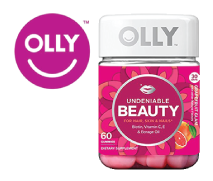
Olly’s bright, simple packaging with focus on consumer-friendly benefits (e.g., Sleep, Beauty, Bones) in a disruptive brand block at shelf allows it to break through amongst a sea of confusing, “scientific” vitamin brands, categorized alphabetically at shelf.
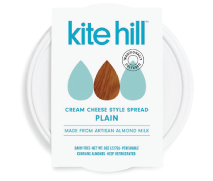

While many brands and retailers are hesitant to talk about ingredient safety, Beautycounter has brought the issue front and center. Bypassing traditional retail in favor of direct to consumer sales, Beautycounter sets itself apart by publishing and sticking to its “Never List” – a list of ingredients never found
in their products.

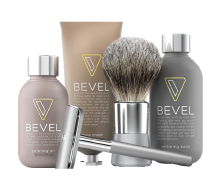
Walker and Company’s mission is to make Health and Beauty simple for people of color. The Bevel Shave System, their first line, established a strong presence online, and is now launching into Target stores. Riding this multi-cultural wave, the brand is positioned to enter multiple segments to better cater to needs experienced by people of color.
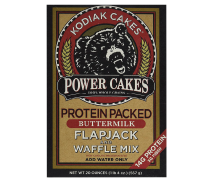
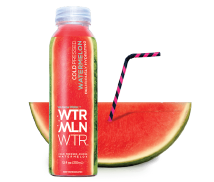
Already making a splash with A-list celebrities, WTRMLN WTR is exploiting a new segment of the cold-pressed juice category with their raw, electrolyte and vitamin filled watermelon juice. The brand uses “damaged” melons from family owned farms, allowing farmers to make a profit from what would have previously been wasted and appealing to consumers’ needs for sustainable and traceable brands.
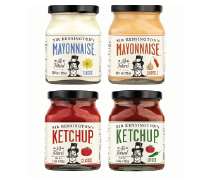
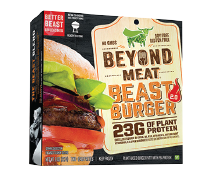
Similar to non-dairy alternatives, the potential of great tasting, plant-based meat alternatives in the traditional meat case is significant. The brand has aspirations to improve human and environmental health, and animal welfare by bringing meat-free to more consumers for more occasions.
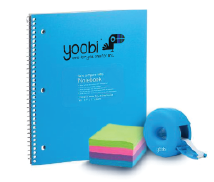
With support from celebrity-investor Usher and expertise from Yes To founder Ido Leffler, Yoobi is disrupting the Arts & Crafts supplies space with its “Buy 1 Give 1” model and emphasis on continually introducing fresh, fun designs.
While our Top 10 Challenger Brands play across different spaces, they all share similar behaviors and practices that form the algorithm to accelerate growth.
We call this algorithm the Challenger Brand Accelerator curve, and have summarized each step using examples from our Top 10 Brands.
While each step is critical by itself, challenge-worthy growth occurs when they all work together seamlessly to change consumer dynamics and truly disrupt an established category.
 HAVE A STORY:
HAVE A STORY:
Communicate a compelling, differentiated ‘reason for being’ that authentically connects with your target consumers’ needs, values and communities.
 ACCELERATE CONSUMER TRENDS:
ACCELERATE CONSUMER TRENDS:
Aggressively innovate against growing consumer trends; or simply put, pour gasoline on what’s working rather than trying to fix what is not.
 CURATE DEMAND THROUGH CHANNELS:
CURATE DEMAND THROUGH CHANNELS:
Manage channels with a view towards the demand landscape, specifically using incubator channels as a marketing vehicle to build one-to-one relationships with your target consumers.
 GO BEYOND EVERYDAY AMBASSADORS:
GO BEYOND EVERYDAY AMBASSADORS:
Embrace and continuously invest in category influencers to create a tribe of ambassadors leading a groundswell movement for your brand.
 WIN IN DIGITAL/E-COMMERCE:
WIN IN DIGITAL/E-COMMERCE:
Over-invest in ecommerce, digital, and social to establish “proof of demand” and build a platform for consumer education, insights, and engagement that cascades across the demand landscape.
 STAND OUT AT SHELF:
STAND OUT AT SHELF:
Ensure that your brand has stopping power and communicates your “story” at shelf; most consumers will meet Challenger brands at retail.
 CURATE ADD INCREMENTAL VALUE TO RETAILER:
CURATE ADD INCREMENTAL VALUE TO RETAILER:
Help retailers drive differential category growth and achieve their strategic goals in order to increase retailer engagement to brand plans.

Beautycounter sets itself apart from other cosmetics and personal care brands via their intense and clear focus on ingredient safety. They position themselves as pioneers of safe ingredients by providing educational resources, conducting proprietary research, and prioritizing organic, natural, and plant-derived ingredients.
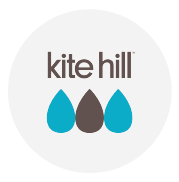
Though the dairy-free milk category has been disrupted hugely over the past several years, kite hill takes it a step further by expanding that successful trend into other dairy segments such as yogurt, cream cheese, and cheese spreads that have been less of a focus for recent dairy alternative entrants.

Sir Kensington’s built the buzz around their brand by becoming the condiment of choice in locations like the Ritz Carlton, Bareburger, and The Spotted Pig, where the most ingredient conscious, trend-forward consumers count on finding high quality, buzz-worthy brands.

Nuun’s mission is to inspire healthier, happier, and more active lifestyles. To that end, Nuun partners with over 300 athletes nationwide, ranging from amateurs to Olympians, with the end goal of inspiring others to become more active, and demonstrating that optimal hydration is a must for everyone — not just elite athletes.
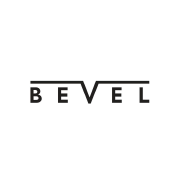
Bevel’s website communicates not only their brand vision and product information, but their blog, “Bevel Code,” a resource for information on lifestyle and grooming trends, and lets them connect better with target consumers. After establishing success online with with direct to consumer sales, the brand is launching into physical Target stores.

Olly’s brand block of brightly colored, consumer-friendly benefits (e.g., “Sleep,” “Beauty”), disrupts the sea of alphabetically organized, jargon-heavy vitamin and supplement bottles that shoppers are accustomed to seeing in the aisle today.

Yoobi’s “Buy 1 Give 1” model provides a dual benefit to retailers; first, by driving socially conscious shoppers to trade up from less expensive brands, and second, by creating a halo effect where retailers benefit from being seen supporting socially conscious brands.
No matter the size of the brand or position in a category, true revenue growth is available by unlocking the Challenger within. Take a category approach to identify where and how to deepen relationships with existing consumers and attract new ones by authentically connecting with consumers’ needs, values, and community.
Though the brands celebrated here are younger in their growth trajectory, we truly believe that every company should consider these brands’ lessons and growth algorithms as part of their annual planning in order to disrupt and drive new growth in their categories.
To learn more about Challenger Brands or the Brand Accelerator curve, please contact us at info@seuratgroup.com.
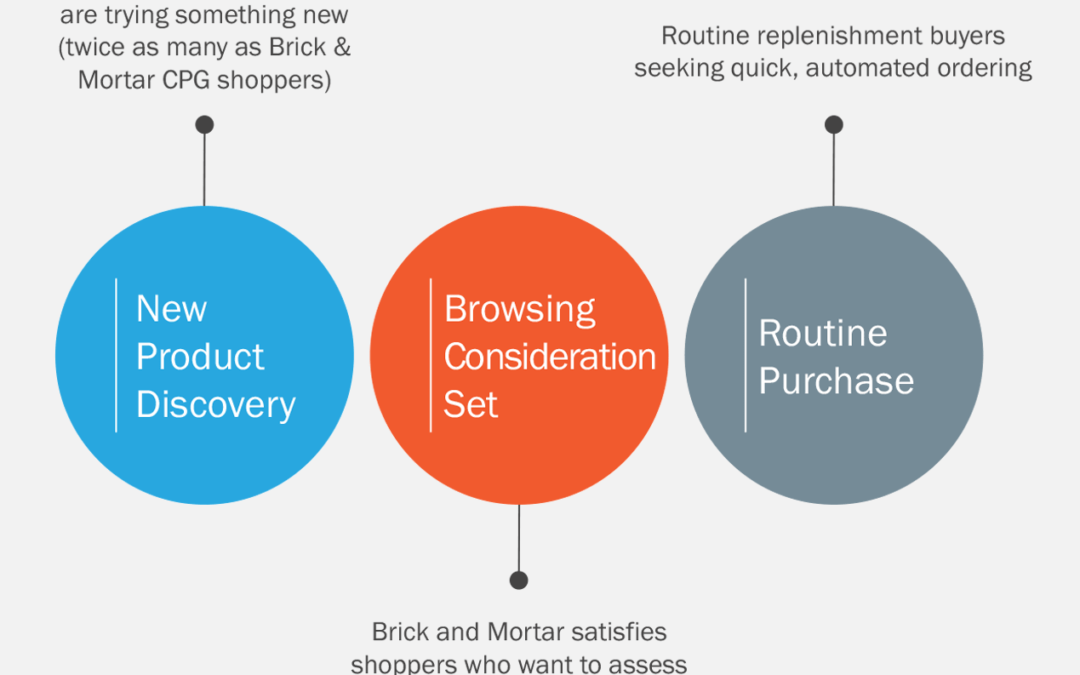
Today, the question at hand is how big online retail will become and how to best leverage its growth.
Thanks to technology, new retailer and fulfillment models are emerging every day. The winners in the industry will be those who can look ahead, place smart bets, and proactively lead with omnichannel solutions.
 “I do enjoy grocery shopping. I just like the selections of all the different foods you can buy and all the produce you can find. I like being able to pick up fun things off the shelf and try new types of items.”
“I do enjoy grocery shopping. I just like the selections of all the different foods you can buy and all the produce you can find. I like being able to pick up fun things off the shelf and try new types of items.”
– Shopper
 “Offline, I get to browse a physical store; online is quick and specific.”
“Offline, I get to browse a physical store; online is quick and specific.”
– Shopper
 “I use online shopping for items I know very well and can wait for, offline for everything else.”of items.”
“I use online shopping for items I know very well and can wait for, offline for everything else.”of items.”
– Shopper
 “With online shopping you have to trust the quality of the goods you’re buying based on the merchants’ reviews versus offline shopping where you can actually see the quality of the goods you’re buying.”
“With online shopping you have to trust the quality of the goods you’re buying based on the merchants’ reviews versus offline shopping where you can actually see the quality of the goods you’re buying.”
– Shopper
 “Going to a physical store lets me choose the items I want myself.”
“Going to a physical store lets me choose the items I want myself.”
– Shopper
The omnichannel landscape will continue to evolve as brick & mortar and ecommerce retailers adjust their strategies to best meet shoppers’ needs for urgency, product exploration, and product selection.
Our work consisted of two phases of in-depth research:
The page you requested could not be found. Try refining your search, or use the navigation above to locate the post.
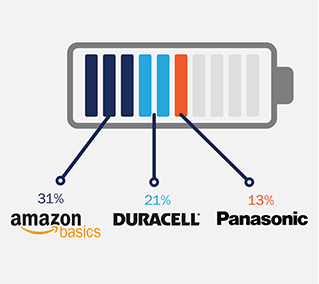
Fresh has a massive untapped upside online, but Amazon’s “be everywhere, sell everything” model is misaligned with shoppers’ distinct needs for an inspiration-driven online grocery experience in this space.
Amazon will need to re-orient their search-driven strategy to exploit the online fresh opportunity. The Whole Foods acquisition enables this re-orientation around a curated browse, helping consumers discover products similar to the in-store experience.
Fresh has a massive untapped upside online, but Amazon’s “be everywhere, sell everything” model is misaligned with shoppers’ distinct needs for an inspiration-driven online grocery experience in this space.

Fresh has a massive untapped upside online, but Amazon’s “be everywhere, sell everything” model is misaligned with shoppers’ distinct needs for an inspiration-driven online grocery experience in this space.
Featuring* yesterday’s products to fulfill today’s needs 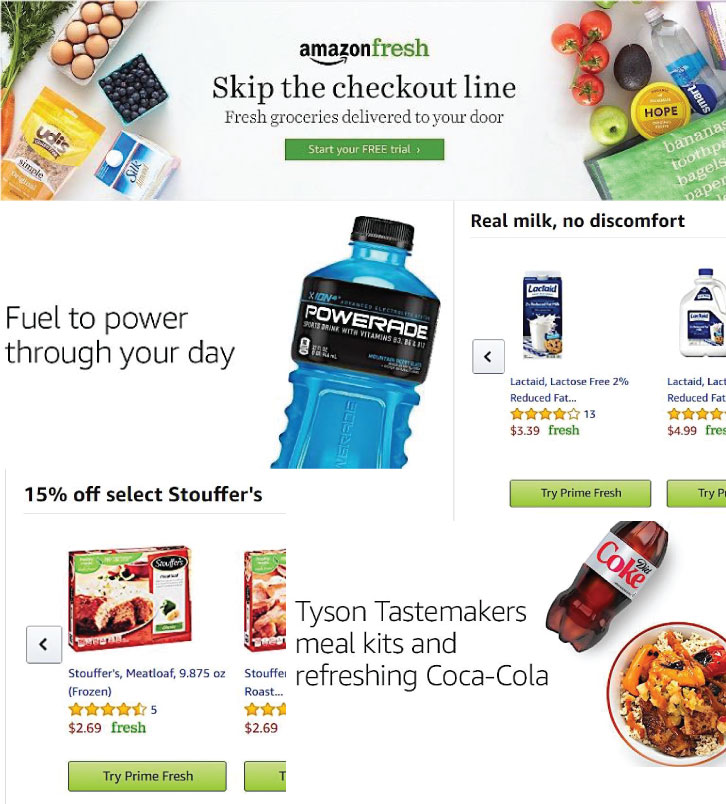 *Featured products, AmazonFresh 6/16/17 2
*Featured products, AmazonFresh 6/16/17 2
Featuring* yesterday’s products to fulfill today’s needs 

Amazon was beginning with their superior online supply chain and platform, going broad to attract today’s AmazonFresh consumer.
Acquisition of Whole Foods provides an opportunity to flip the AmazonFresh pyramid. Whole Foods gives access to a wealth of consumer insights and data that has been kept secretive and reveals forward-looking CPG trends.


If Amazon replicates what Whole Foods has done best in store for online grocery, manufacturers should anticipate the following changes:
Trusted in fresh foods, Whole Foods 365 brand has the opportunity to transform fresh categories online in the same way that Amazon did for batteries, accelerating Private Label trend.
Shift in focus towards navigation and solution centers versus search, optimized for the Consumer Decision Tree of Digital Natives.
Curation of brands offered online, with a focus on fresh, local and experiential Challenger Brands with clean, healthy credentials.
Expansion of grocery and non-grocery Amazon delivery capabilities through Whole Foods real estate footprint.


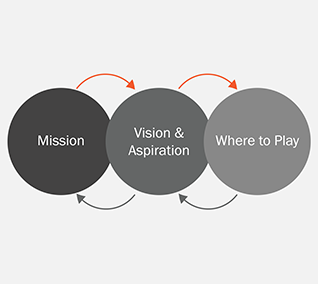
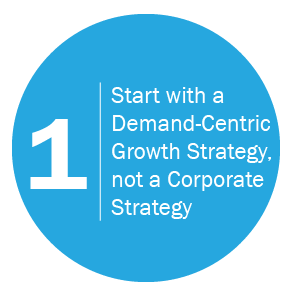
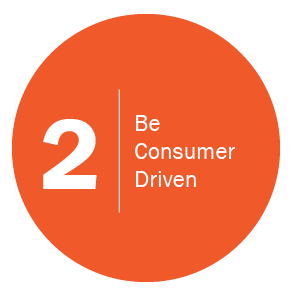

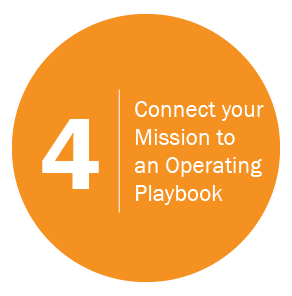

As the consumer goods industry continues to evolve and becomes more competitive due to new entrants, new selling platforms, and new technologies, growth remains the #1 challenge and goal. Building a successful long range plan that guides the organization’s activities requires thoughtful choices led by a robust fact base — failing to plan is planning to fail. First things first, do you have a successful growth strategy? We at the Seurat Group recommend following the 5 Point Plan outlined in the prior pages to challenge the strategic planning process and to use planning as the tool to be an industry leading growth company.
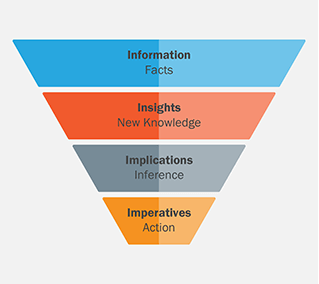
The days of standardized (and commoditized) data in the CPG industry are over. Traditional sources of information come from sales and marketing channels that hold less and less dominance over today’s shoppers and consumers. From a marketing perspective, there is a massive shift of media dollars away from traditional media to digital media. From a sales perspective, growth is increasingly coming from “dark channels” not measured by syndicated data (e.g., eCommerce, alternative retail models like travel and bodegas, non-participating retailers like Trader Joe’s and Aldi).
On top of zero-based budget constraints, insight teams are forced to use their limited time in collecting data from across today’s fragmented, omni-channel landscape. Many organizations are giving teams long learning agendas to identify and understand growth opportunities while providing less in the form of resources. A recent Seurat Group assessment of the insights practices of CPG companies found that many researchers are struggling in this environment.
Some things stay the same: companies struggle to translate information to insights and actions. Is fragmentation of data driving your insight capabilities into increasingly shallow waters? As resource constraints cause evergreen issues in research to accelerate, it’s even more critical to tighten the ideal leadership process to arrive at the clarity to act and invest in the future.
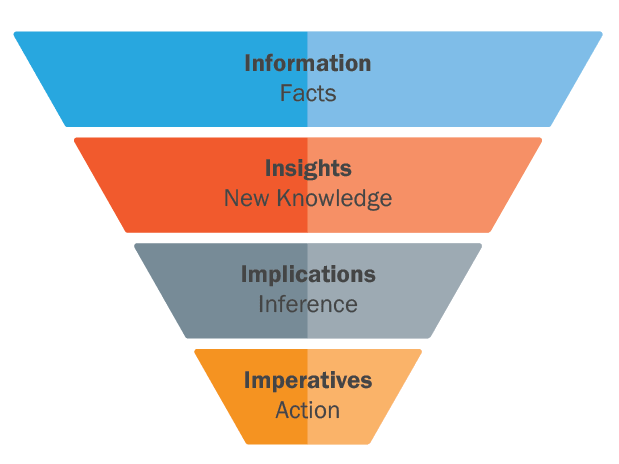
Consumer shifts and new ways of interacting with brands creates a wider variety of data to gather and analyze.
Continuously test new methods, such as passive tracking and social media analytics, to understand the consumer & shopper everywhere they are, online and offline, throughout the ever-changing consumer journey.
As ‘off the shelf’ studies like market structures are increasingly commoditized, challenging to uncover differential insight.
Customize research design for specific insight needs and use multiple lenses of information to create the foundation needed to identify deep insights.
Fragmentation of data assets, often in silos, inhibit the data connections necessary to fully understand the consumer/shopper.
Activate a knowledge management plan that integrates all available data and facilitates connectivity.
Resources are increasingly scarce while needs continue to increase.
Establish an interconnected data structure and actively mine data that already exists in the organization before fielding new work.
Research not keeping pace with a rapidly changing consumer and shopper landscape.
Ensure research is designed to be “forward looking” to increase relevancy beyond a single point in time and anticipate future challenges.
Research reports often focus on sharing facts and information.
Ensure the “what” is connected with the “how” and the “why” to better identify relevance in addressing business issues.
Application of information limited by exclusive understanding and/or ‘ownership’ by the insights function.
Insight teams must develop capabilities to teach the organization how to interpret insights effectively and elevate through every level of the pyramid through storytelling vs. reporting.
Gaps between internal stakeholder business needs and available insights.
Make idea leadership a cross-functional “team game” in both informal team structure and project process through all slices of the pyramid.
The ability of any Consumer Goods organization to understand the needs and deep motivations of consumers and shoppers and successfully commercialize those insights is THE differentiator between winners and losers in today’s marketplace. Elevating information to insights and action is filled with challenges at every level, and many organizations have barriers that must be removed to realize the full return on insight investment. As these issues accelerate with increasing fragmentation across marketing and retail channels, it is imperative to re-examine foundational research processes to foster game-changing idea leadership.
For more information on Idea Leadership, contact us at info@seuratgroup.com or visit our website: www.seuratgroup.com.